Indications
Exogenous and endogenous intoxication of various origins (as a detoxifying agent). Food toxicoinfections, dysentery, salmonellosis (with complex treatment). Poisoning with drugs (psychotropic, hypnotic, narcotic), alkaloids, heavy metal salts and other poisons. Diseases of the gastrointestinal tract, accompanied by dyspepsia and flatulence. Food and drug allergies. Hyperbilirubinemia (viral hepatitis and other jaundice) and hyperazotemia (renal failure). To reduce gas formation in the intestine before ultrasound and X-ray examinations. In order to prevent chronic intoxication in hazardous work.
Specifications
Active ingredients Activated carbon
Country of origin Russia
Manufacturer PFC JSC
Release form tablets 250 mg – 50 pieces per pack.
Store in a dry place
Keep out of reach of children
Dosage form
Tablets are black, flat-cylindrical, chamfered, with or without a score on one side, with or without an “R” mark on the other.
Composition
Composition for one tablet:
Active substance: activated carbon – 0.25 g.
Excipients (to obtain a tablet weighing 0.32 g): potato starch – 0.054 g, sucrose (sugar) – 0.016 g.
Special conditions
In the treatment of intoxication, it is necessary to create an excess of carbon in the stomach (before washing it) and in the intestine (after washing the stomach). A decrease in the concentration of coal in the medium promotes the desorption of the bound substance and its absorption (to prevent the resorption of the released substance, repeated gastric lavage and the appointment of coal are recommended). The presence of food masses in the gastrointestinal tract requires administration in high doses, since the contents of the gastrointestinal tract are sorbed by coal and its activity decreases. If the poisoning is caused by substances involved in the enterohepatic circulation (cardiac glycosides, indomethacin, morphine and other opiates), charcoal should be used for several days. When using the drug for more than 10-14 days, prophylactic administration of vitamins and calcium preparations is necessary.
Patients with diabetes mellitus and persons on a diet low in carbohydrates should take into account that one tablet of the drug contains about 0.07 g of carbohydrates (0.006 XE).
It is recommended to store it in a dry place, away from substances that emit gases or vapors into the atmosphere. Storage in air (especially humid) reduces sorption capacity.
Influence on the ability to drive vehicles, mechanisms
The use of the drug does not affect the ability to perform potentially hazardous activities requiring increased concentration of attention and speed of psychomotor reactions (driving vehicles, working with moving mechanisms, the work of a dispatcher and an operator).
Drug interaction: reduces the absorption and effectiveness of concomitant medications.
Pharmacodynamics
It has an enterosorbent, detoxifying and antidiarrheal effect. It belongs to the group of polyvalent physicochemical antidotes, has a high surface activity. Adsorbs poisons and toxins from the gastrointestinal tract prior to their absorption, including alkaloids, glycosides, barbiturates and other hypnotics and narcotics, salts of heavy metals, toxins of bacterial, plant, animal origin, phenol derivatives, hydrocyanic acid, sulfonamides, gases. The drug also adsorbs an excess of some metabolic products – bilirubin, urea, cholesterol, as well as endogenous metabolites responsible for the development of endogenous toxicosis. Weakly adsorb acids and alkalis (including iron salts, cyanides, malathion, methanol, ethylene glycol). It is active as a sorbent in hemoperfusion. Does not irritate the mucous membrane of the gastrointestinal tract.
Pharmokinetics: not absorbed, not degraded, excreted completely through the gastrointestinal tract within 24 hours.
Indications
Exogenous and endogenous intoxication of various origins (as a detoxifying agent). Food toxicoinfections, dysentery, salmonellosis (with complex treatment). Poisoning with drugs (psychotropic, hypnotic, narcotic), alkaloids, heavy metal salts and other poisons. Diseases of the gastrointestinal tract, accompanied by dyspepsia and flatulence. Food and drug allergies. Hyperbilirubinemia (viral hepatitis and other jaundice) and hyperazotemia (renal failure). To reduce gas formation in the intestine before ultrasound and X-ray examinations. In order to prevent chronic intoxication in hazardous work.
Contraindications
Hypersensitivity to the components of the drug, ulcerative lesions of the gastrointestinal tract (including peptic ulcer and 12 duodenal ulcer, ulcerative colitis), bleeding from the gastrointestinal tract, intestinal atony, concomitant administration of antitoxic drugs, the effect of which develops after absorption (methionine and others).
Carefully
Patients with diabetes mellitus and persons on a diet low in carbohydrates.
Application during pregnancy and during breastfeeding
It is possible to use the drug during pregnancy and during breastfeeding, if the expected benefit to the mother outweighs the potential risk to the fetus and child. It is necessary to consult a doctor.
Overdose
To date, no cases of overdose have been registered.
Side effects
Dyspepsia, constipation or diarrhea, dark staining of feces. With prolonged use (more than 14 days), it is possible to reduce the absorption of vitamins, calcium and other nutrients from the gastrointestinal tract.
Application methods
Inside, in tablets or in the form of an aqueous suspension of crushed tablets, 1-2 hours before or after meals and other medicines. The required number of tablets are stirred in 100 ml (½ cup) of chilled water.
Adults are prescribed an average of 1.0-2.0 g (4-8 tablets) 3-4 times a day. The maximum single dose for adults is up to 8.0 g (16 tablets). For children, the drug is prescribed on average at the rate of 0.05 g / kg of body weight 3 times a day, depending on body weight. The maximum single dose is up to 0.2 g / kg of body weight.
The course of treatment for acute diseases is 3-5 days, for allergies and chronic diseases – up to 14 days. A second course – in 2 weeks on the recommendation of a doctor.
In case of acute poisoning, treatment is prescribed with gastric lavage using a suspension of activated carbon, then 20-30 g of the drug is given inside.
When flatulence is prescribed orally 1.0-2.0 g (4-8 tablets) 3-4 times a day. The course of treatment is 3-7 days.

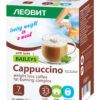
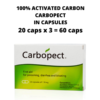
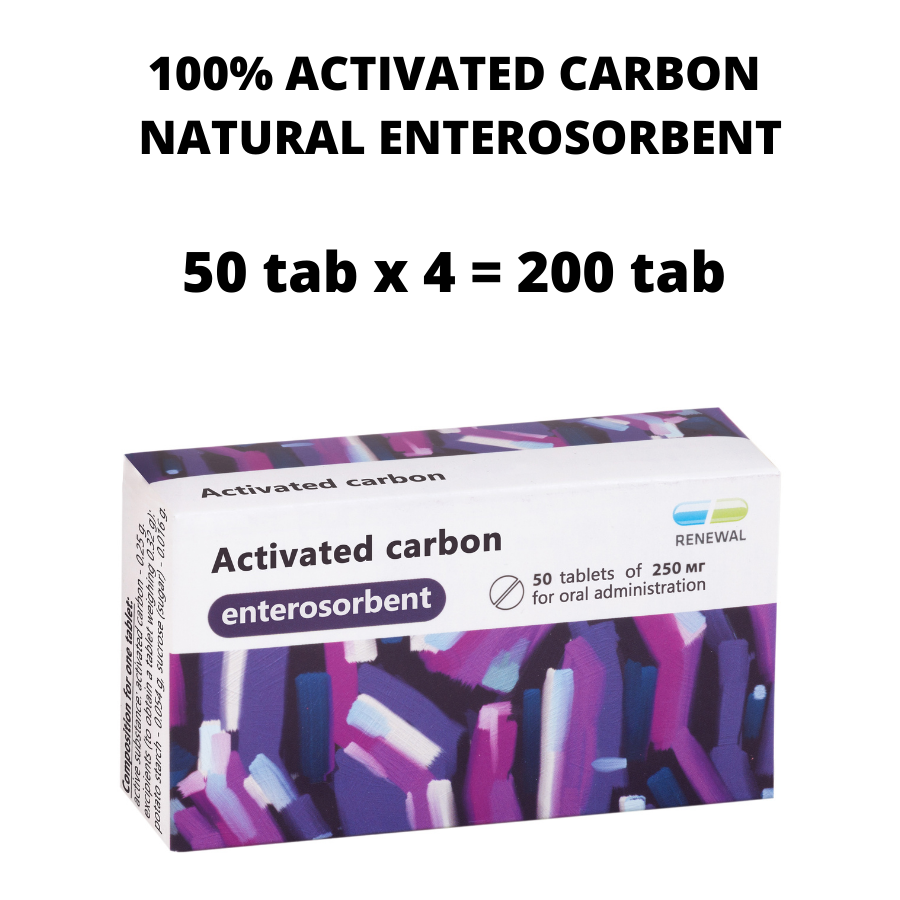


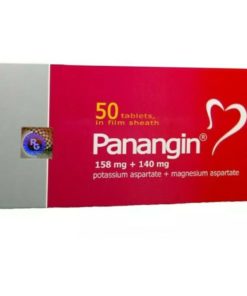


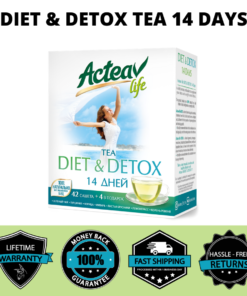
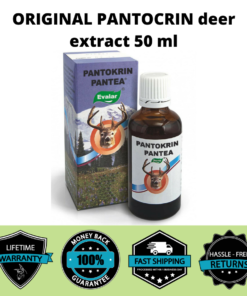



Reviews
There are no reviews yet.